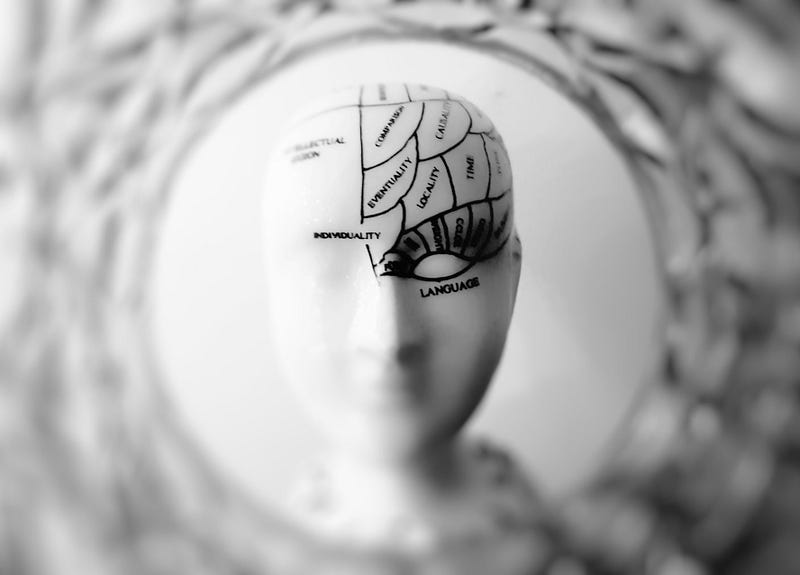Understanding Left and Right Brain Theory: Making the Right Career Choice
Written on
Chapter 1: The Confusion in Career Choices
Many individuals often ponder which career path to pursue. Some might believe that a career in Graphic Design suits them, while others may lean towards Dancing or Engineering. However, once they delve into Engineering, they might realize that Graphic Design would have been a better fit.
Why does this uncertainty arise? Have you ever considered this question?
To address this dilemma, it’s essential to trace the confusion back to its roots. The human mind, a remarkable component of our anatomy weighing approximately 1.5 kg, is capable of executing numerous tasks simultaneously. Nature has uniquely divided the brain into two distinct hemispheres: the left and the right. Though they share similar structures, each side performs specific functions independently yet can collaborate when necessary.
The left and right hemispheres of the brain are responsible for different cognitive processes. In 1960, Roger Sperry introduced the Left vs Right Brain Theory, revealing that one hemisphere often dominates cognitive functions over the other. His research indicated that the left hemisphere is primarily engaged in language processing, while the right hemisphere is not.
Individuals with a dominant left hemisphere tend to gravitate towards analytical thinking, mathematics, logical reasoning, and factual information. They enjoy activities such as reading, writing, calculations, and solving intricate problems.
In contrast, the right hemisphere is associated with creativity, emotions, artistic expression, imagination, and visualization. If you find yourself drawn to these aspects, it might guide you in choosing a suitable career path.
Consider this: if you were to ask a left-brained individual to imagine flying, they would likely think of it in logical terms, focusing on facts. Conversely, a right-brained person would envision themselves soaring through the air, complete with emotions and imagery.
Understanding this fundamental distinction between the left and right brain is crucial for those facing uncertainty about their career direction. To make an informed decision, it’s vital to determine whether you lean more towards left-brain or right-brain thinking.

Chapter 2: Discovering Your Brain Type
You don't need to search far to identify whether you are more left-brained or right-brained. I have an engaging resource that you may find intriguing.
Visit the following link to take an entertaining test that will reveal your brain type:
Completing this test can be quite enlightening, so I encourage you to give it a try. Once you're done, share your thoughts—did you know about this theory prior to taking the test? What are your opinions on the matter? I look forward to reading your insights in the comments below.
In this episode titled "Episode #66: The Left Brain/Right Brain Lie + Debunking Other Popular Brain Myths," the host dives into the common misconceptions surrounding brain functionality and clarifies the true nature of left and right brain theories.
In the video "Parts and Whole, Science and Intuition, Left Brain and Right Brain with Dr. Iain McGilchrist," the speaker explores the relationship between brain hemispheres and how they impact our understanding of the world, emphasizing the balance between analytical thought and intuition.